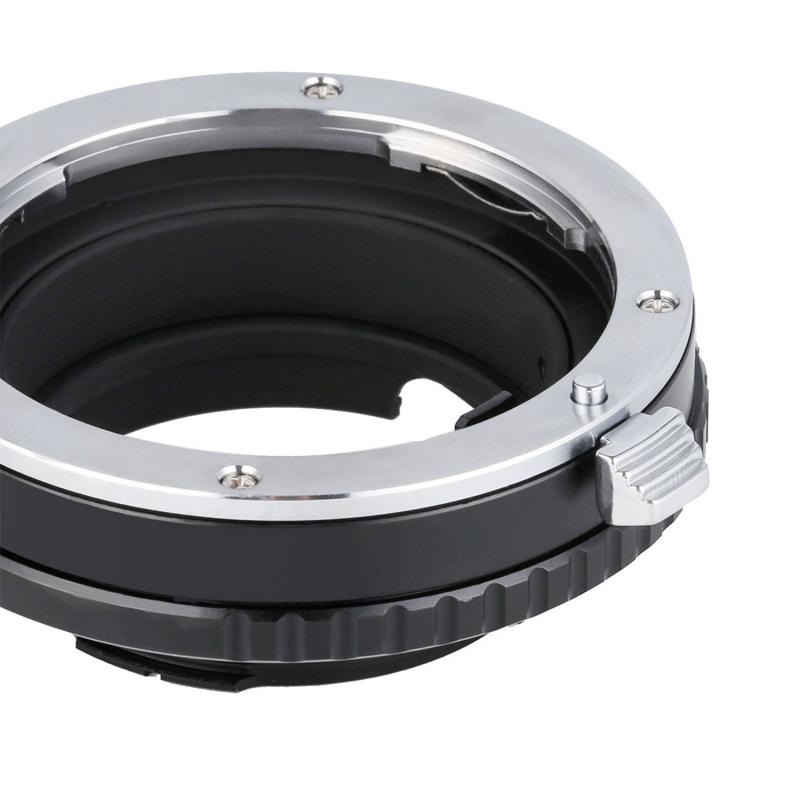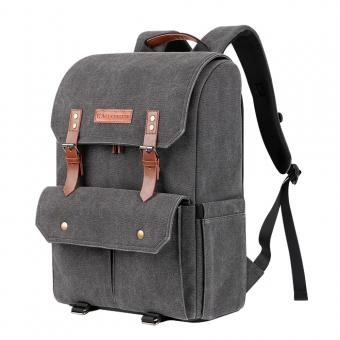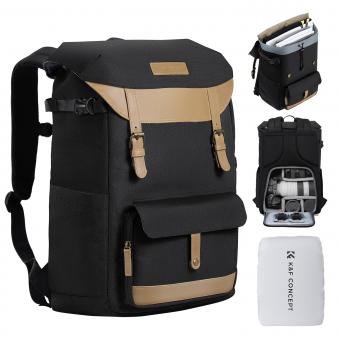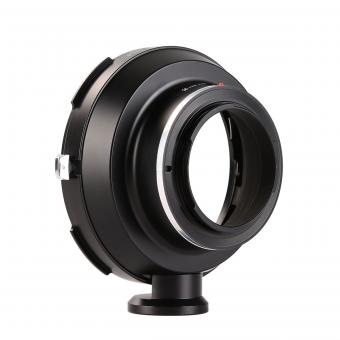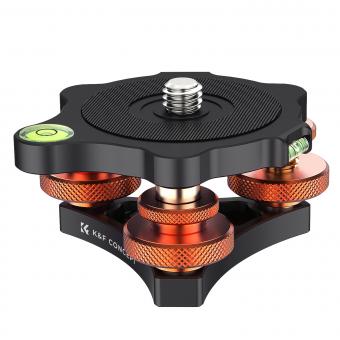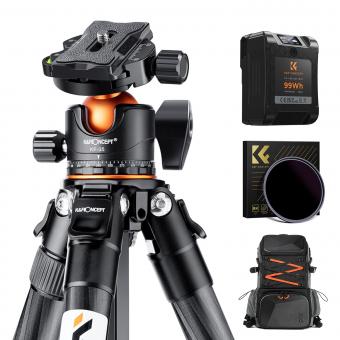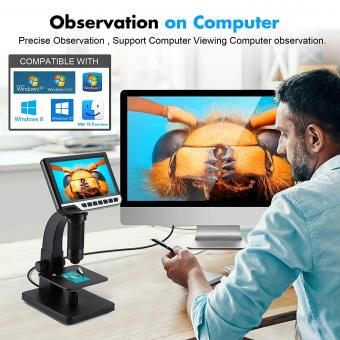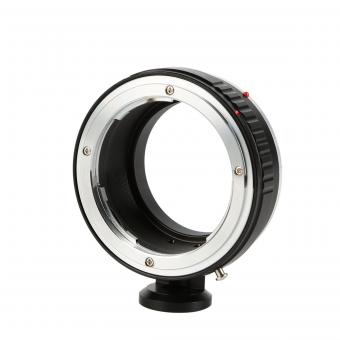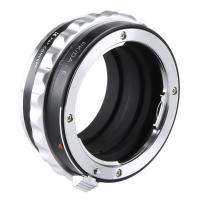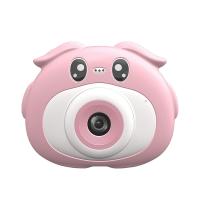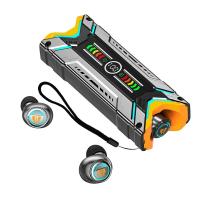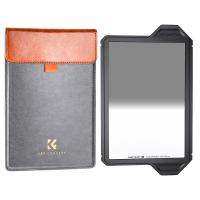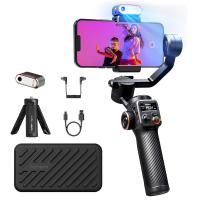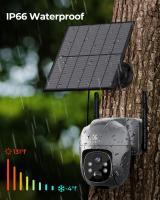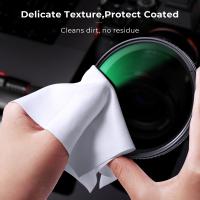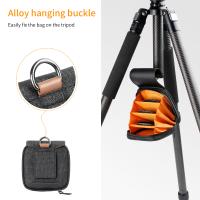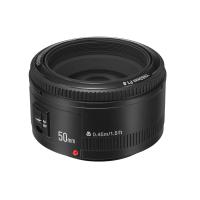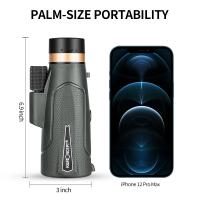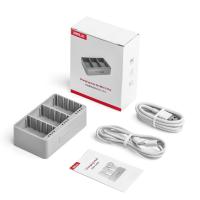Can A Tripod Camera Fine You ?
No, a tripod camera cannot fine you. A tripod is a device used to stabilize a camera and keep it steady during photography or videography. It does not have the capability to issue fines or penalties.
1、 Tripod Stability: Ensuring steady camera support for sharp images.
A tripod camera cannot fine you as it is an inanimate object and does not possess the capability to impose fines. However, a tripod camera can provide stability and support to ensure sharp and steady images.
Tripods are essential tools for photographers and videographers as they help eliminate camera shake, resulting in clear and crisp images. By securely mounting the camera on a tripod, photographers can achieve longer exposure times without worrying about blurriness caused by hand movements. This is particularly useful in low-light situations or when capturing subjects in motion.
Tripods come in various sizes and designs, offering different levels of stability. The sturdier the tripod, the better it can withstand external factors such as wind or uneven terrain. Some tripods also feature additional features like adjustable legs, ball heads, or center columns, allowing for greater flexibility and versatility in capturing different angles and perspectives.
In recent years, advancements in tripod technology have led to the development of innovative features. For instance, some tripods now come with built-in levels or bubble indicators to ensure perfect alignment and balance. Others have integrated mechanisms to dampen vibrations caused by mirror slap or shutter release, further enhancing image sharpness.
Moreover, with the rise of smartphone photography, tripod manufacturers have adapted to cater to this growing market. They have introduced compact and lightweight tripods specifically designed for smartphones, making it easier for users to stabilize their devices and capture high-quality images or videos.
In conclusion, while a tripod camera cannot fine you, it plays a crucial role in providing stability and support for capturing sharp and steady images. With advancements in tripod technology, photographers and videographers can now enjoy a wide range of options to suit their specific needs and preferences.
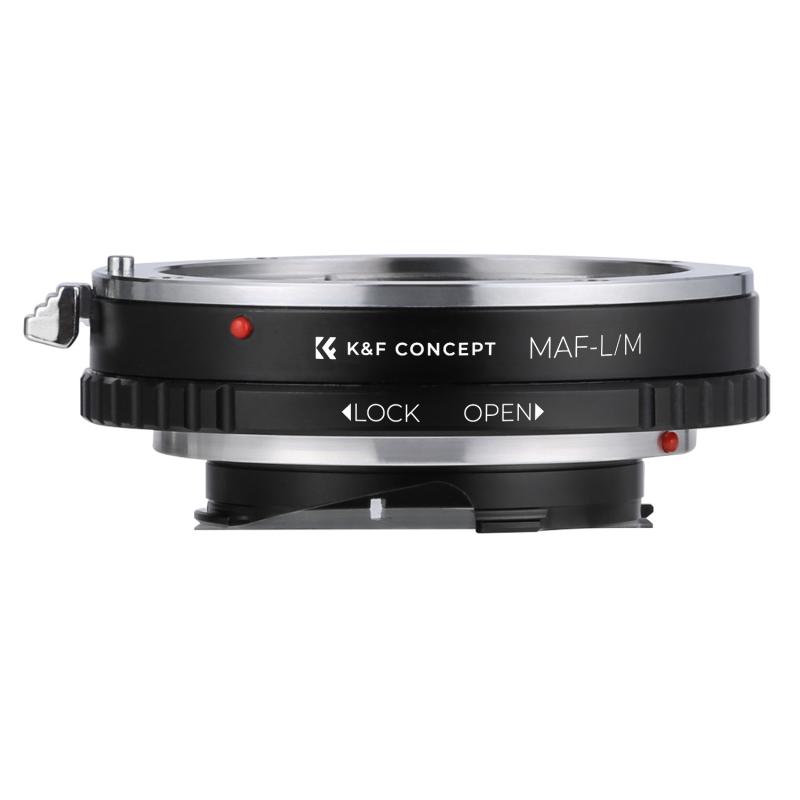
2、 Tripod Types: Overview of different tripod designs and features.
A tripod camera cannot fine you as it is an inanimate object and does not possess the capability to impose fines. However, it can certainly assist you in capturing stunning photographs and videos.
Tripods come in various types and designs, each offering unique features to cater to different photography and videography needs. The most common tripod types include the traditional tripod, compact tripod, travel tripod, and flexible tripod.
The traditional tripod is the most widely used type, consisting of three extendable legs and a central column. It provides stability and height adjustment options, making it suitable for a wide range of shooting situations. Compact tripods are smaller and lighter, making them ideal for photographers on the go. They are easy to carry and can fit into a backpack or a small bag.
Travel tripods are specifically designed for travel enthusiasts who require a lightweight and portable option. They often feature foldable legs and a compact size, making them easy to pack and carry. Flexible tripods, on the other hand, have bendable legs that can be wrapped around objects such as tree branches or poles, allowing for unique and creative shooting angles.
In recent years, there have been advancements in tripod technology, with the introduction of features such as built-in level indicators, quick-release plates, and ball heads for smooth and precise camera movements. Some tripods even come with smartphone mounts, catering to the growing popularity of mobile photography.
Overall, tripods are essential tools for photographers and videographers, providing stability and versatility to capture high-quality images and videos.
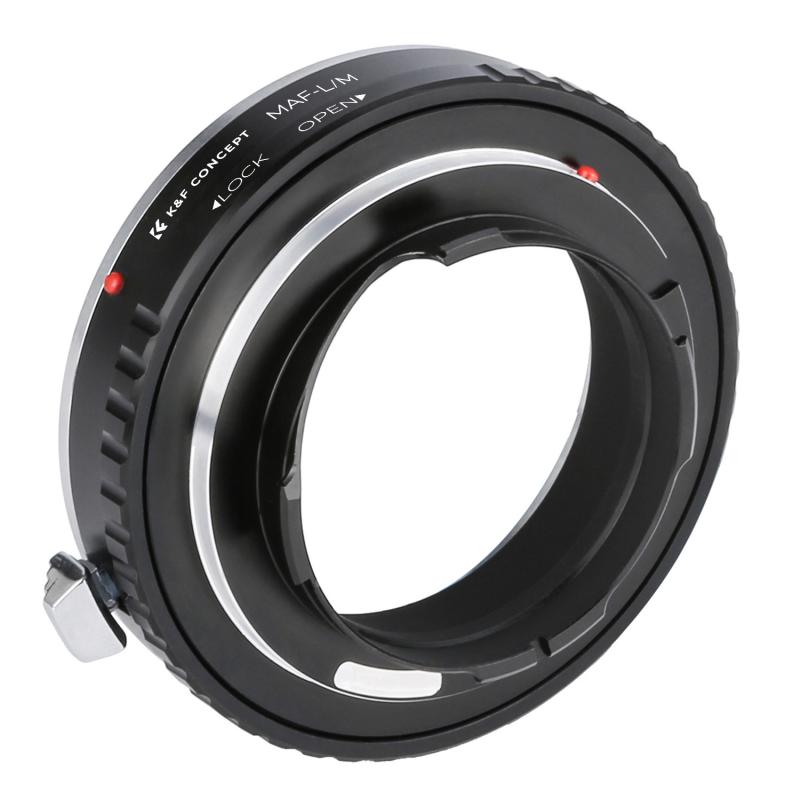
3、 Tripod Materials: Exploring various materials used in tripod construction.
A tripod camera cannot fine you as it is an inanimate object and does not possess the capability to impose fines or penalties. A tripod camera is simply a tool used to stabilize and support a camera or other photographic equipment. Its purpose is to help photographers capture steady and clear images by reducing camera shake.
However, it is important to note that the use of a tripod camera may be subject to certain regulations or restrictions in certain locations. For example, some public spaces or private establishments may have rules regarding the use of tripods for photography. These rules are typically in place to ensure the safety and convenience of all individuals in the area.
In terms of tripod construction, there are various materials used to make tripods, each with its own advantages and disadvantages. Common materials include aluminum, carbon fiber, and magnesium alloy. Aluminum tripods are generally more affordable and durable, but they can be heavier. Carbon fiber tripods are lightweight and offer excellent vibration dampening, but they tend to be more expensive. Magnesium alloy tripods are a good balance between weight and durability.
It is worth mentioning that the latest point of view in tripod construction is the increasing use of innovative materials such as basalt fiber, which offers a combination of strength, lightness, and vibration absorption. Manufacturers are constantly exploring new materials and technologies to improve tripod performance and meet the evolving needs of photographers.
In conclusion, a tripod camera cannot fine you, but it is important to be aware of any regulations or restrictions regarding tripod use in certain locations. Tripod construction continues to evolve, with various materials being used to enhance stability, durability, and portability.
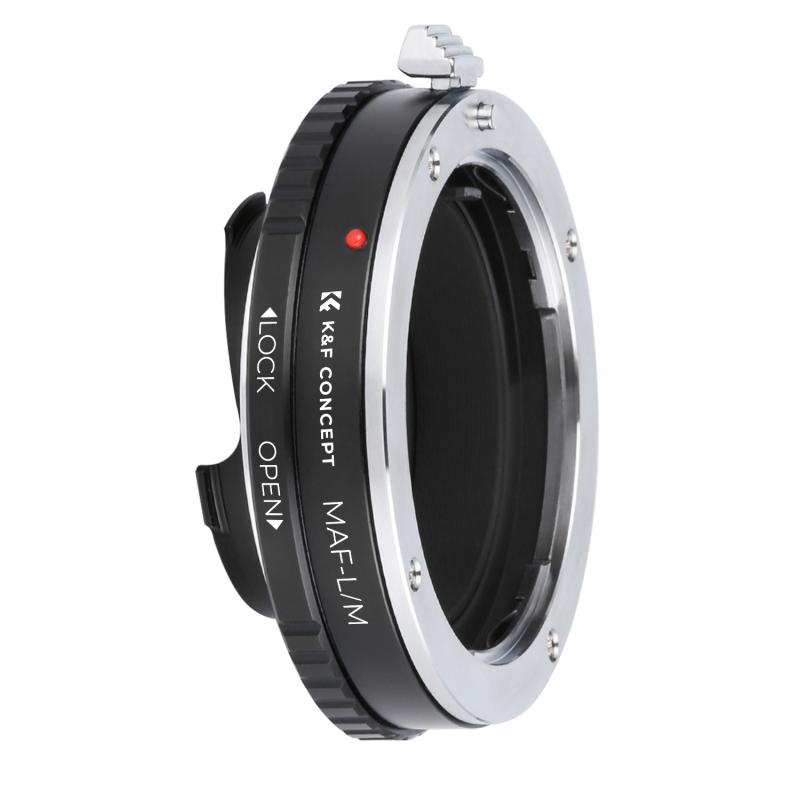
4、 Tripod Compatibility: Matching tripods with different camera models and accessories.
A tripod camera cannot fine you as it is an inanimate object and does not possess the capability to impose fines. However, it can certainly enhance your photography experience by providing stability and support for your camera.
When it comes to tripod compatibility, it is important to match the tripod with your specific camera model and accessories. Different cameras have varying sizes, weights, and mounting systems, so it is crucial to choose a tripod that can accommodate your equipment properly.
Tripods come with different features and specifications, such as maximum load capacity, height adjustment options, and leg stability. These factors should be considered to ensure that your camera is securely held in place and that the tripod can handle the weight of your equipment.
Additionally, tripod compatibility extends beyond just the camera itself. It is also important to consider any additional accessories you may be using, such as telephoto lenses or external flashes. These accessories can add weight and alter the balance of your camera, so it is essential to choose a tripod that can support the combined weight of your camera and accessories.
In recent years, tripod manufacturers have been adapting to the evolving needs of photographers. Many tripods now come with versatile mounting systems and adjustable features to accommodate a wide range of camera models and accessories. It is always recommended to check the specifications and compatibility information provided by the tripod manufacturer to ensure a proper fit.
In conclusion, while a tripod camera cannot fine you, it is crucial to choose a tripod that is compatible with your specific camera model and accessories. This will ensure stability, support, and optimal performance during your photography sessions.
